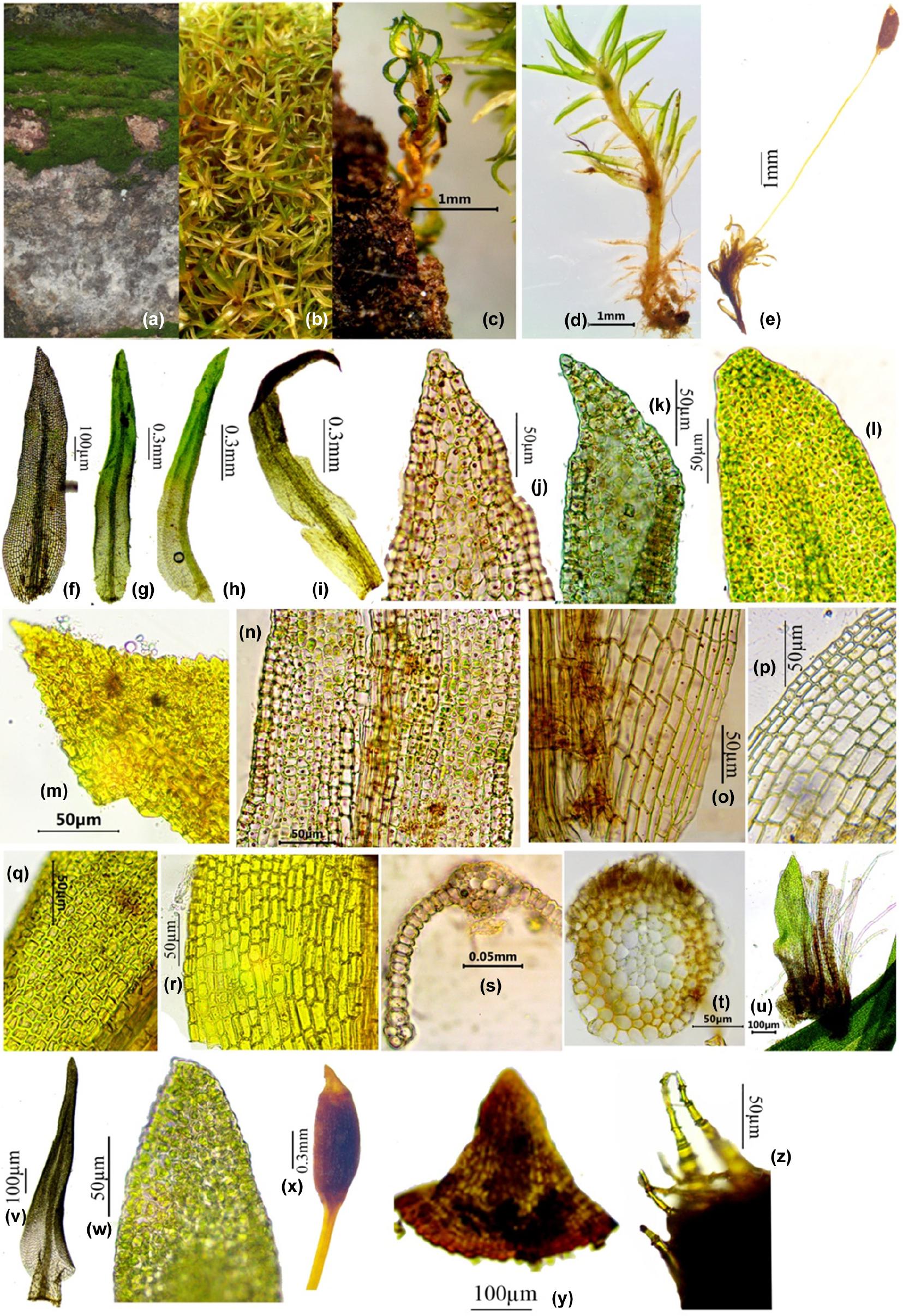
image from: https://bioone.org/journals/lindbergia/volume-2019/issue-1/linbg.01114/Rediscovery-of-Oreoweisia-brevidens-Herzog-Dicranaceae-Bryophyta-an-Indian-endemic/10.25227/linbg.01114.full
Exploring the Fascinating World of Oreoweisia Tunariensis Herzog Moss
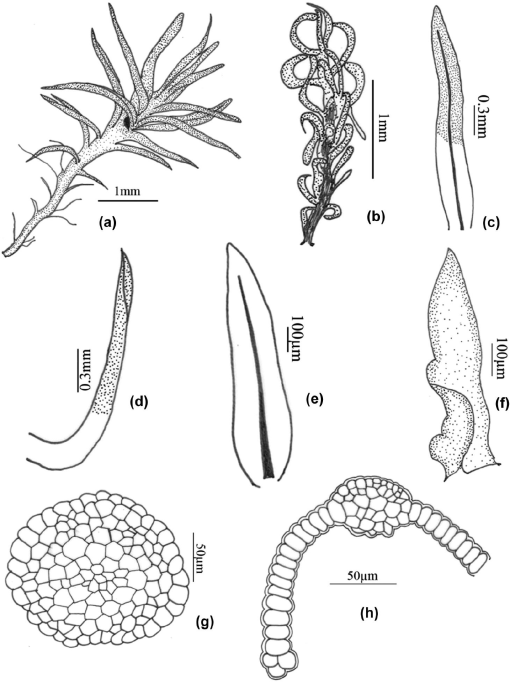
image from: https://bioone.org/journals/lindbergia/volume-2019/issue-1/linbg.01114/Rediscovery-of-Oreoweisia-brevidens-Herzog-Dicranaceae-Bryophyta-an-Indian-endemic/10.25227/linbg.01114.full
Introduction
Mosses are often overlooked, but they play a vital role in many ecosystems around the world. One particularly interesting species is Oreoweisia tunariensis Herzog, a moss in the Rhabdoweisiaceae family. In this blog post, we’ll dive into the details of this fascinating plant, from its morphology to its ecological roles. Get ready to learn about one of nature’s unsung heroes!
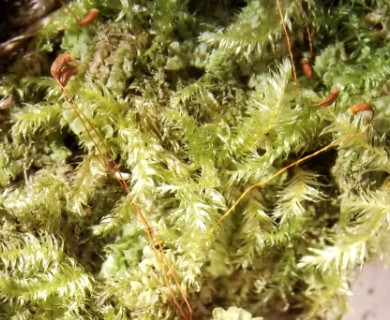
image from: https://wildflowersearch.org/search?&tsn=16332
Background
Oreoweisia tunariensis Herzog is a species of moss first described by Theodor Herzog in 1916. It is classified in the Bryophyta division and Bryopsida class. The genus name Oreoweisia comes from the Greek words “oros” meaning mountain and “weisia” referring to a genus of mosses, indicating this moss is found in mountainous regions.
Morphology and Identification
O. tunariensis forms dense cushions or tufts. The leaves are lanceolate and have a strong midrib that extends to the leaf tip. Leaf margins are entire and often incurved when dry. The seta (stalk bearing the capsule) is short. Capsules are erect and symmetrical with 16 peristome teeth.
Identifying this species requires examining leaf shape, midrib, and sporophyte characteristics under a microscope. It can be distinguished from similar Oreoweisia species by its high-elevation habitat and entire leaf margins.
Global Distribution and Habitat
This moss has a restricted distribution, found mainly in the

image from: https://www.inaturalist.org/guide_taxa/1836776
Andes Mountains of South America, including Bolivia and Peru. It grows at very high elevations between 4000-5200 meters, often in exposed sites on soil or rock.
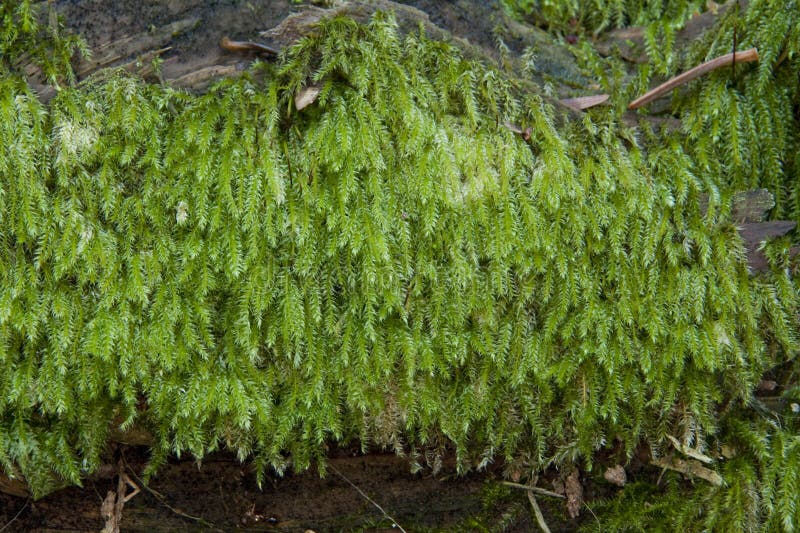
image from: https://www.dreamstime.com/photos-images/herzogiella.html
The harsh conditions at these altitudes, including intense UV radiation, high winds, and extreme temperature fluctuations, make this a challenging environment. Few plants can survive here, but O. tunariensis has adapted to thrive.
Ecological Roles and Adaptations
Like other mosses, O. tunariensis plays an important role in its ecosystem:
- Helps retain moisture in the soil

image from: https://www.naturalista.mx/taxa/272689-Oreoweisia
- Prevents erosion on steep slopes
- Provides shelter and food for microorganisms and small invertebrates
- Pioneers the colonization of bare rock surfaces
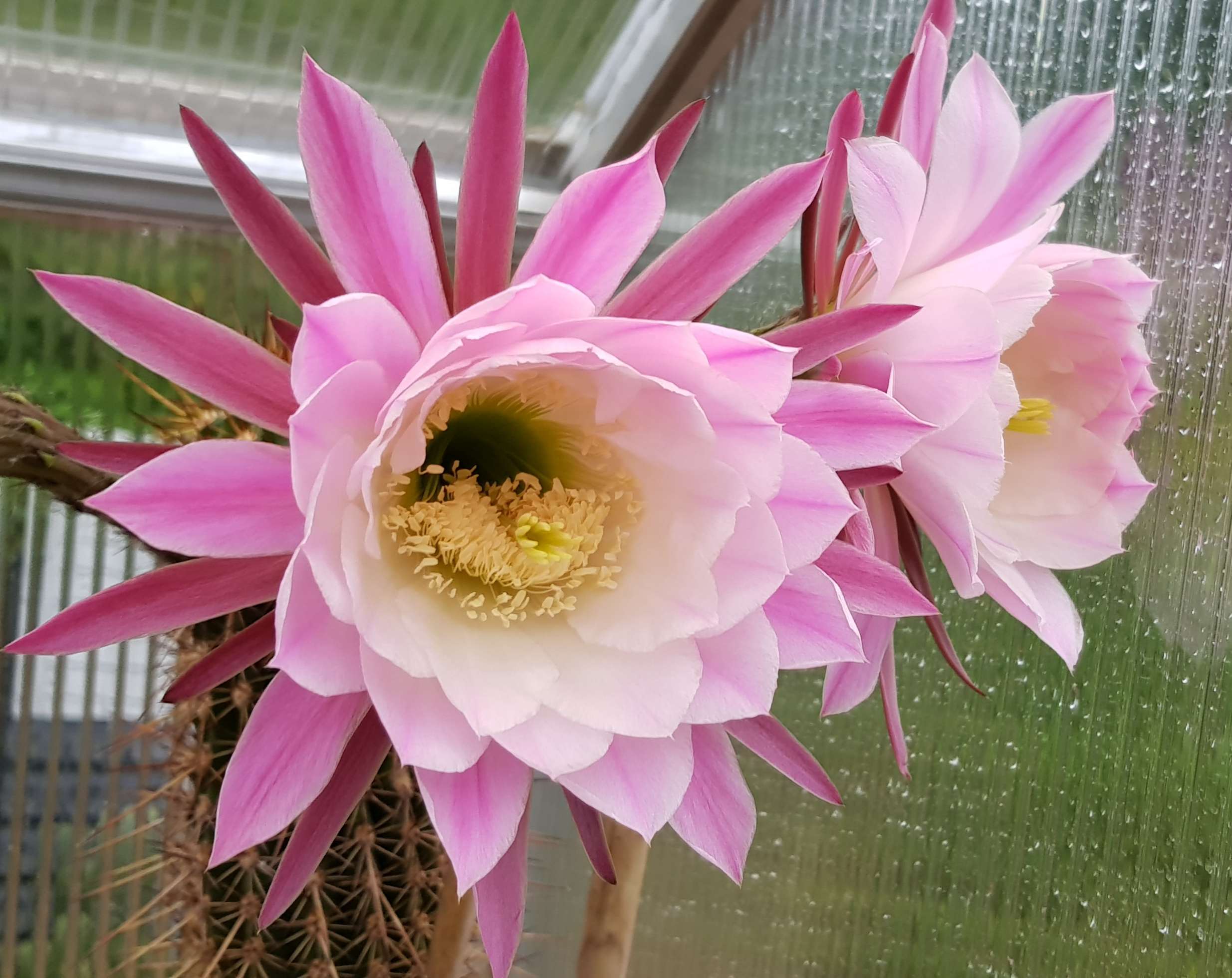
image from: https://trichocereus.net/product/seeds-otto-lehmann-trichocereus-tunariensis/
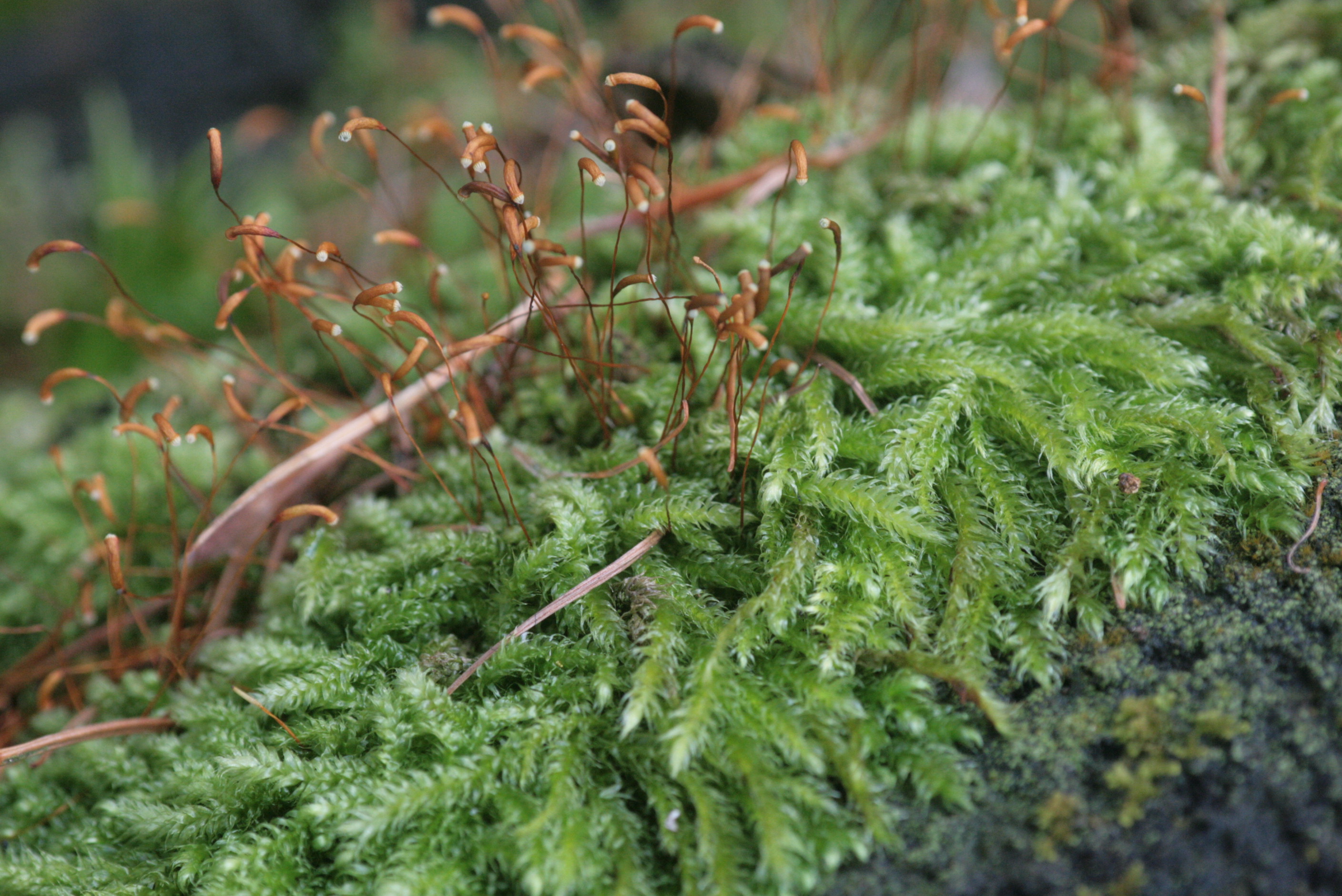
image from: https://www.earth.com/plant-encyclopedia/Bryophytes/Hypnaceae/herzogiella-seligeri/en/
To survive the harsh high-elevation environment, this moss has several key adaptations:
- Dense growth form to protect from wind and cold
- Dark pigments to shield from intense UV rays
- Desiccation tolerance to withstand drying out
- Freeze tolerance to survive sub-zero temperatures
Conclusion
Oreoweisia tunariensis Herzog is a prime example of how mosses have evolved to fill unique niches in extreme environments. From the high peaks of the Andes, this tiny plant provides ecological services and survives conditions that would wither most other plants.
The next time you see a moss, take a closer look – you may be gazing at an extraordinary organism superbly adapted to its habitat. These unassuming plants are tougher and more impressive than most people realize!
What other “superhero” mosses are out there waiting to be discovered and appreciated? Nature still holds many wonders for us to explore.

image from: https://www.inaturalist.org/observations/190729922
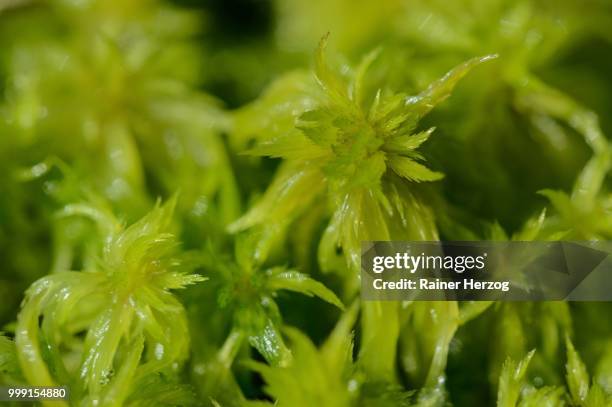
image from: https://www.gettyimages.dk/photos/herzog_